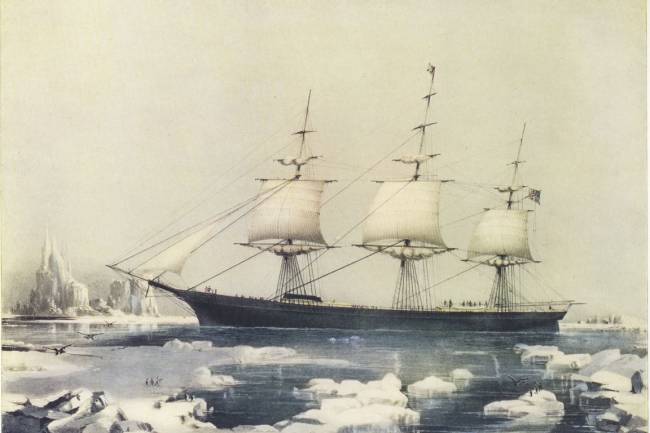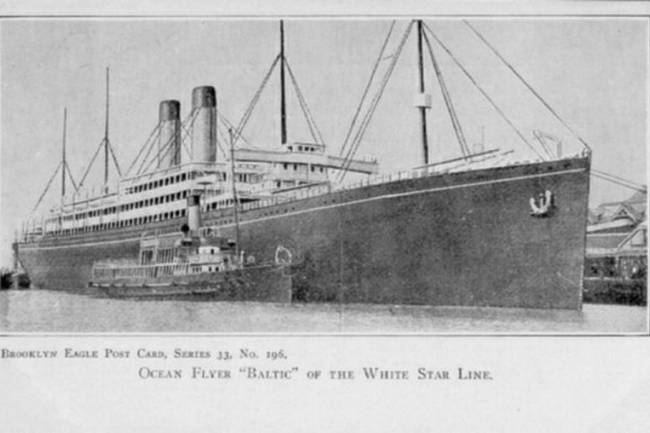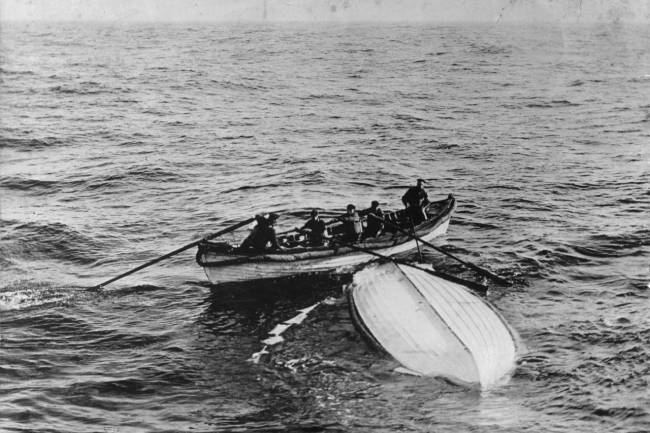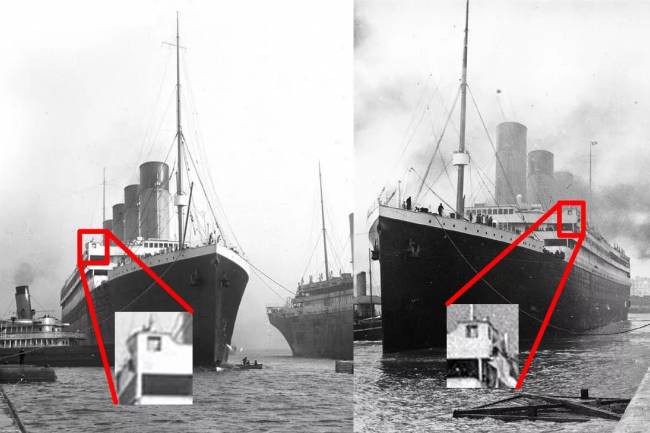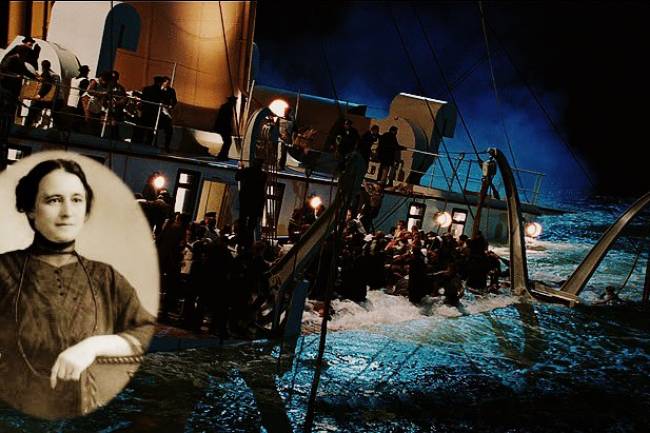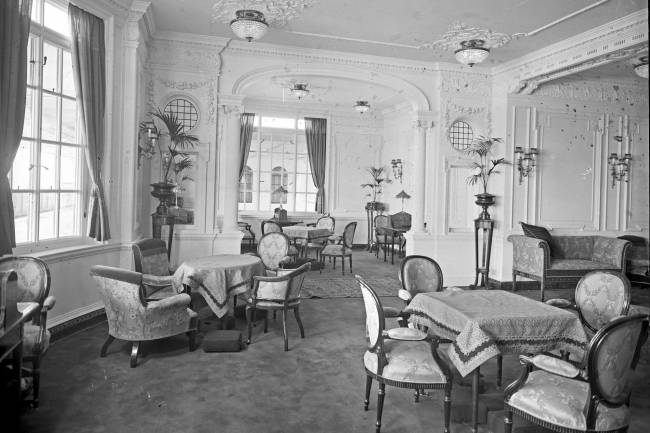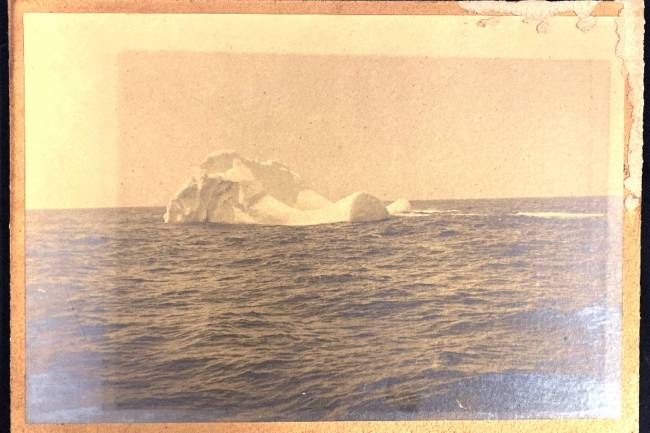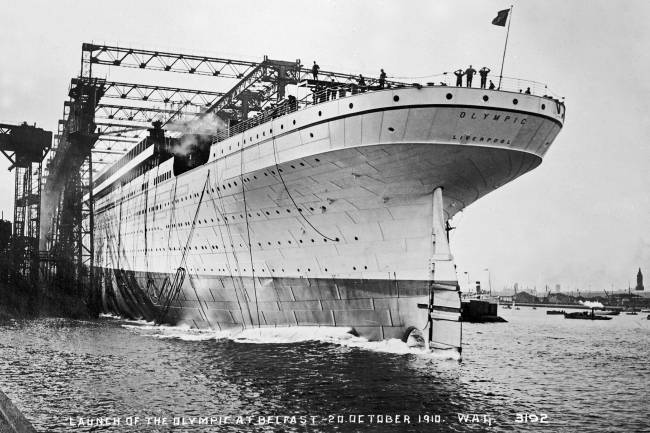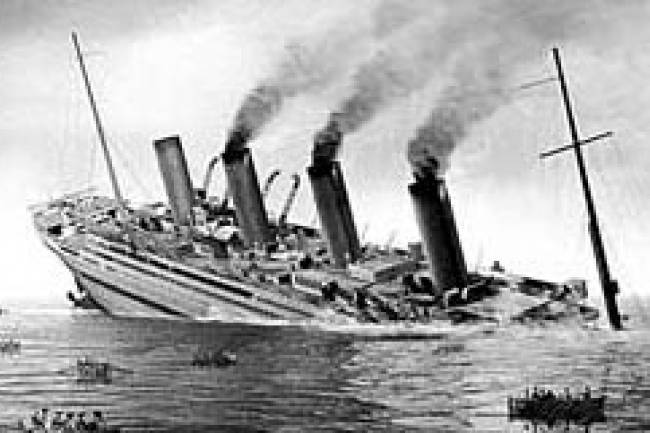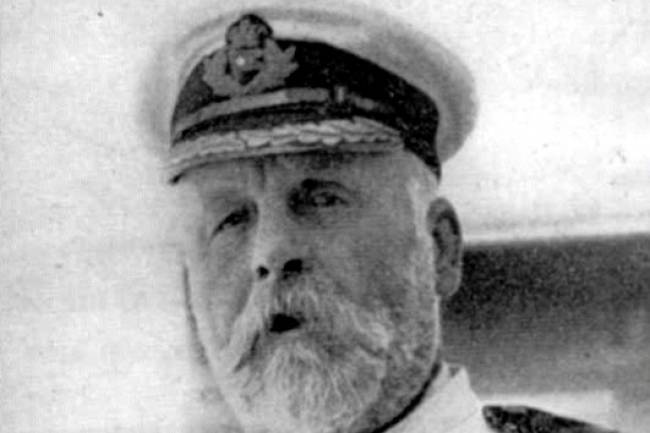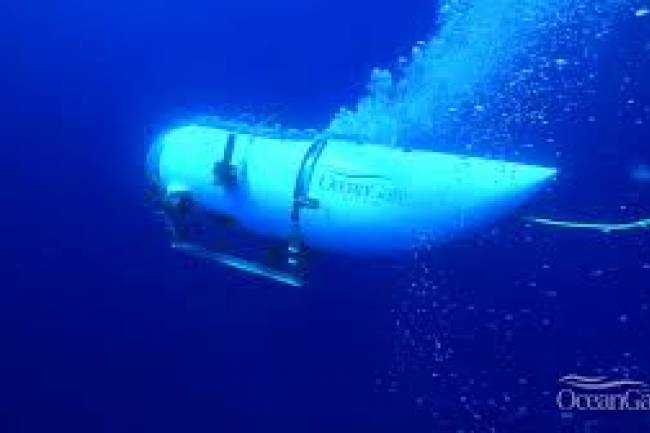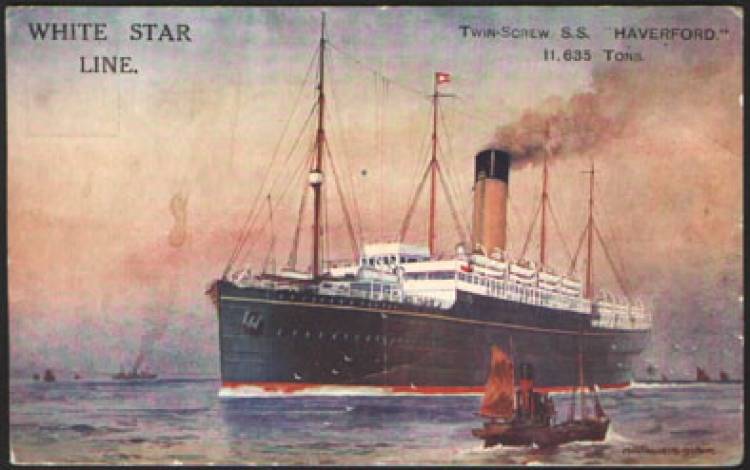
SS Haverford (eng)
Statistics
Gross Tonnage - 11,635 tons
Dimensions - 161.85 x 18.03m (531 x 59.2ft)
Number of funnels - 1
Number of masts - 4
Construction - Steel
Propulsion - Twin screw
Engines - Two triple expansion engines
Service speed - 13 knots
Builder - John Brown & Co, Clydebank
Launch date - 4 May 1901
Passenger accommodation - 150 2nd class, 1,700 3rd class
Details of Career
The Haverford was originally built for the American Line and was sister ship to the Merion. It was launched for them on 4 May 1901 and made its maiden voyage, from Southampton to New York, on 4 September. After only two voyages the ship transferred to the Liverpool-Philadelphia-Boston route. On 25 May 1913 it was leaving Queenstown Harbour when it ran aground on Carrigadda Rock. Despite the fact that two of the holds were flooded, the ship was refloated the next day.
When World War I began the Haverford initially remained in commercial service. In 1915 it was used as a troopship carrying soldiers to Mudros during the Dardanelles campaign. On 26 June 1917 it was damaged by a torpedo attack off Ireland. Eight of those on board were killed and the ship was forced to beach itself. The subsequent repairs took almost six months. On 17 April 1918 it was missed by two torpedoes in the Atlantic. Once the war had ended the Haverford was employed in the repatriation of US troops and sailed from Liverpool to Philadelphia.
It was not until March 1921 that the ship was transferred, by the International Mercantile Marine, to White Star management. It made its first sailing with White Star on 1 April 1921, from Liverpool to Philadelphia and Boston. The following year it began to serve the Hamburg-New York route and then reverted to the Liverpool-Philadelphia route in the summer. The Haverford made its last commercial sailing on 27 August 1924. It was sold in December and broken up in Italy during 1925.

